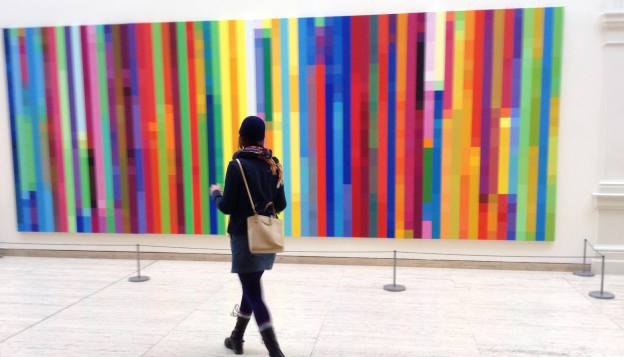This essay I wrote, “Overcoming an Unusual Communication Difficulty” won the William Verville scholarship at Northern Arizona University. I’m sharing it here with my son’s permission, because, as he says “everyone deserves a chance at being understood.”
Overcoming Unusually Challenging Communication Difficulties
The most challenging communication difficulty I have had in my entire life has been daily communication with my 18-year-old son.
Isaac has autism, with speech and language impairment. He did not speak his first words until he was two, and did not speak in complete sentences consistently until he was in elementary school. He takes things very literally and has difficulty with abstract thought. For instance, just two years I accidentally slipped up and said “Please put the milk on the fridge,” instead of “in the fridge.” He took me at my literal word and I found the carton next to the dust bunnies on top.
When Isaac was younger, he couldn’t seem to comprehend my words, or keep track of the sequence of things. I took to drawing visual to-do lists. This included a shopping cart for the grocery store, a book for the library, and a car for the mechanics. I had to do this for every event in the day. Just saying the sounds didn’t make it into his processing system. It was similar to working with a deaf person; he would rarely look up when you called his name. He barely knew what words were, and he would have a hard time transitioning from activities without the visual aides.
We used visual images for many lessons, including “social stories” when Isaac was 7-10 years old. As you can imagine, his social skills were poor. He could barely speak in sentences, and definitely could not communicate his emotions, much less identify them. I would draw cartoons of tough social situations, including situations that required more empathy.
Isaac’s biggest social problem was his inability to tell anything but the truth.
“How do these pants look?” I would ask.
“They kind of make your butt-cheeks look huge,” he responded.
Without protest, I returned those pants immediately. Telling the truth might make you socially awkward, but at least everyone always know where you stand.
Isaac’s psychological diagnosis claims that he is well below average in the working memory category. “Working memory is different than short-and long-term memory because it requires more than simple rote recall, and necessitates that an individual maintain mental flexibility while encoding information into short-term memory,” says his psychological report. This means that Isaac can’t process difficult abstract thought. He can’t remain flexible while problem-solving, or regroup for Plan B at a moment’s notice. To help with this, I try to refer to the past, to something he already knows. We use many strategies of apperception and preparation.
For instance, before we went to parties when he was younger, I would try to explain how I knew these people, and how he was supposed to act. I said, “Now this is a Christmas party with lots of adults I work with at the library. Ann is the hostess, and my boss. Make sure you greet her, shake her hand and look her in the eye. She’ll probably want to know where you go to school, what you like to study, and other stuff like that. After you answer questions, you can take your dinosaur books into a quiet spot and read them.”
After the party, I would say “Isaac, it’s not okay to touch someone’s belly, even when it’s very large… And no. She’s not pregnant.”
It also means that our conversations and resolutions aren’t immediate. Isaac’s memory does not fire at the same speed. Sometimes it fires slow, sometimes he jumps way ahead, and sometimes it’s just stuck in a loop, much like a moebius strip. It’s like communication in space; some transmissions get through, some get lost, some take a really long time to arrive. Somedays it’s like a black hole–I don’t think anything will ever surface again.
But with patience and a lot of humor, I’ve raised Isaac to adulthood. I think he’s a reasonably good representation of a responsible young adult. He has his driver’s license, a job at Safeway, and will be studying film through the Coconino Community College to NAU program, living on the NAU campus. He has found a communication medium that resonates with his self-expression. His self-confidence, patience, and good attitude will help him get the extra help he needs.
And most importantly, he has a good heart, and you can’t really teach that from books anyway.

























